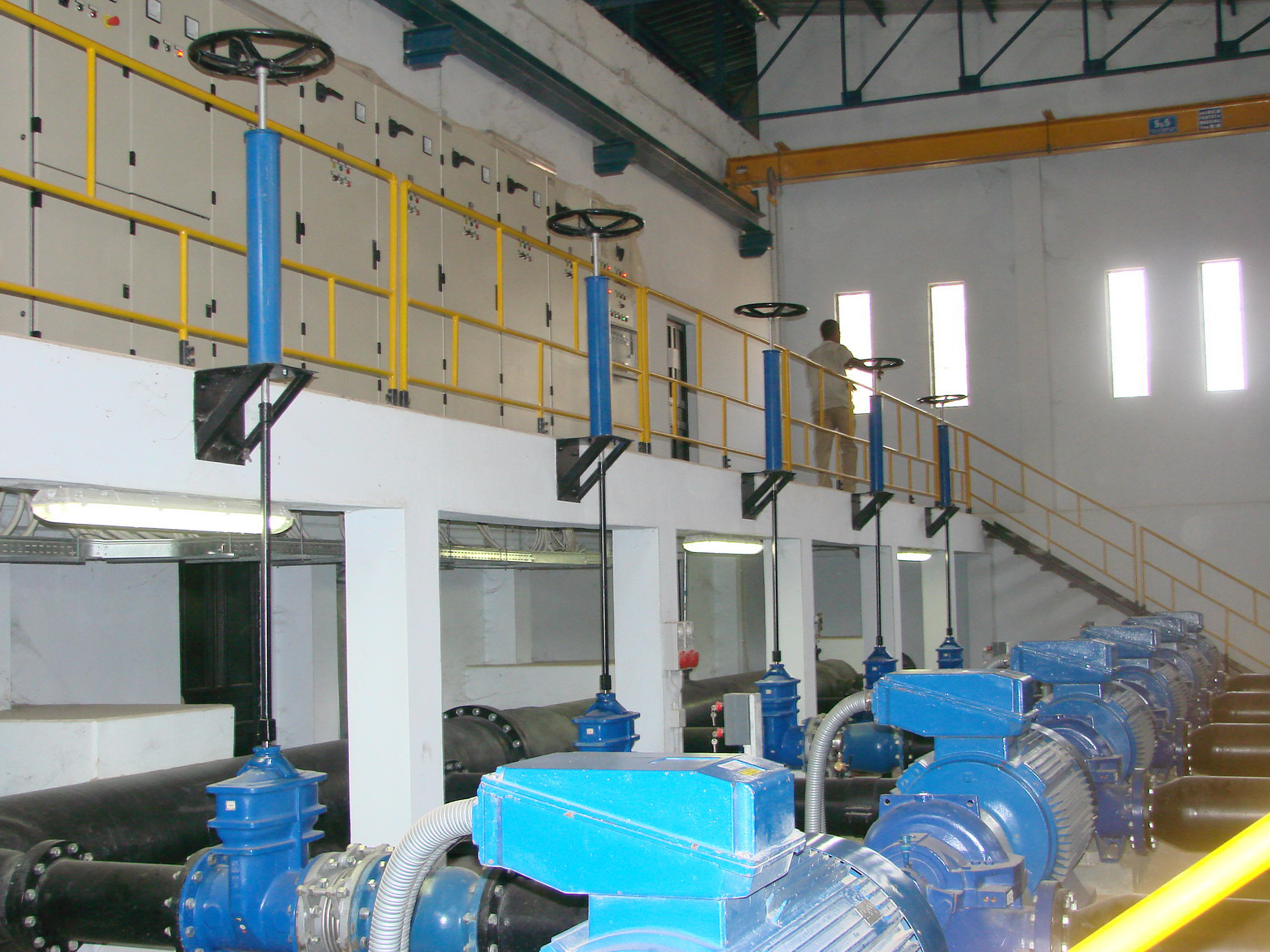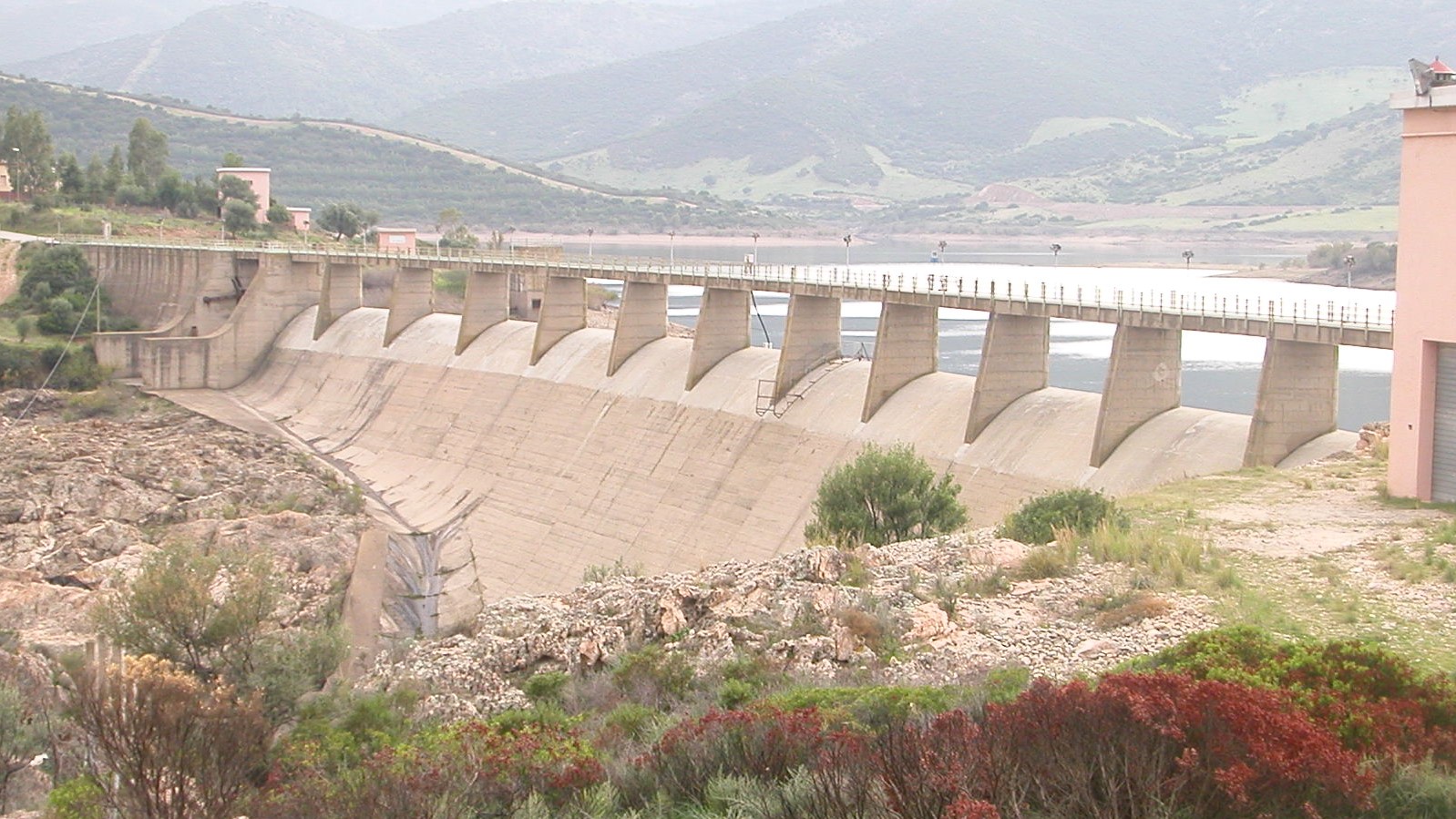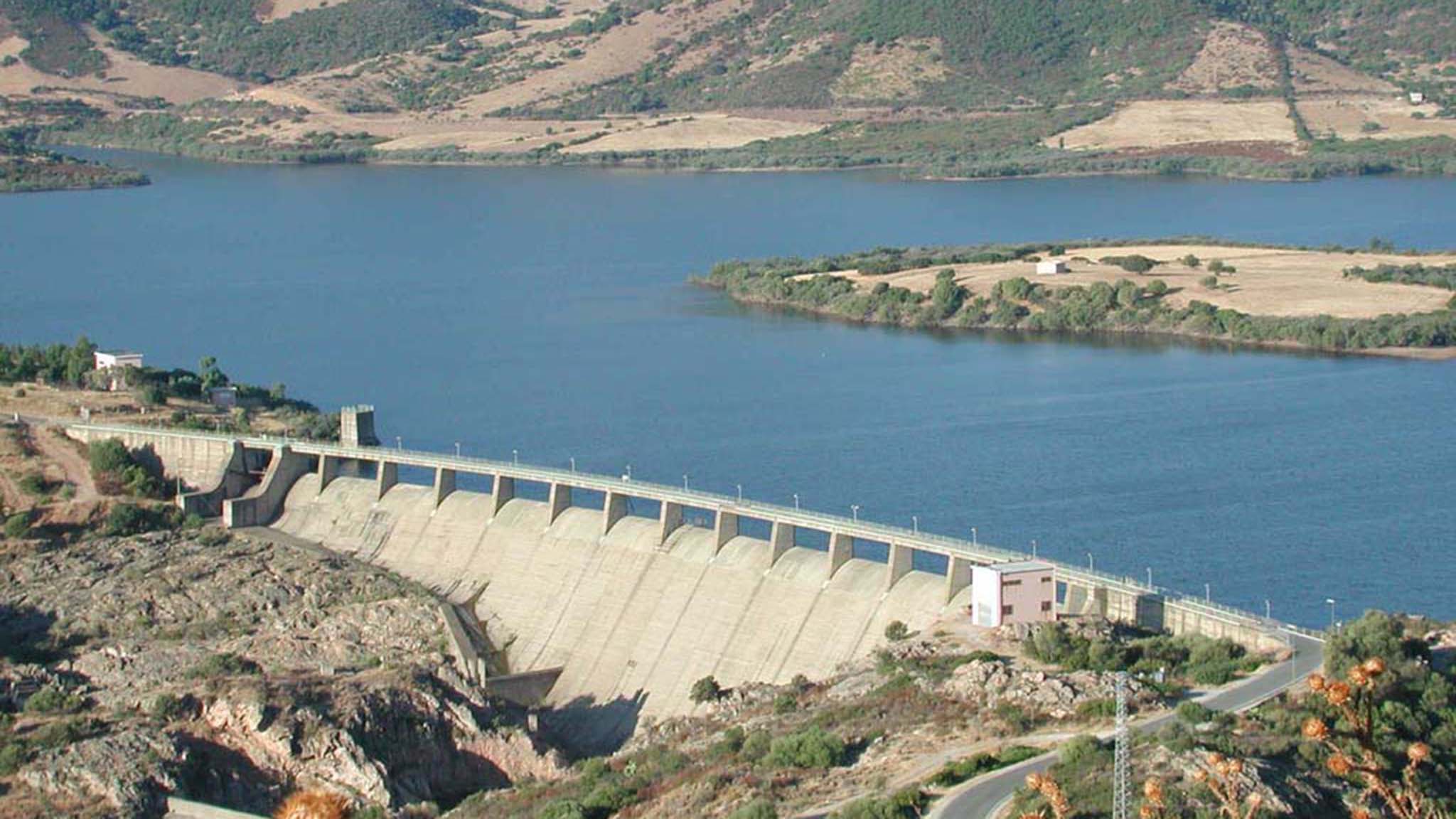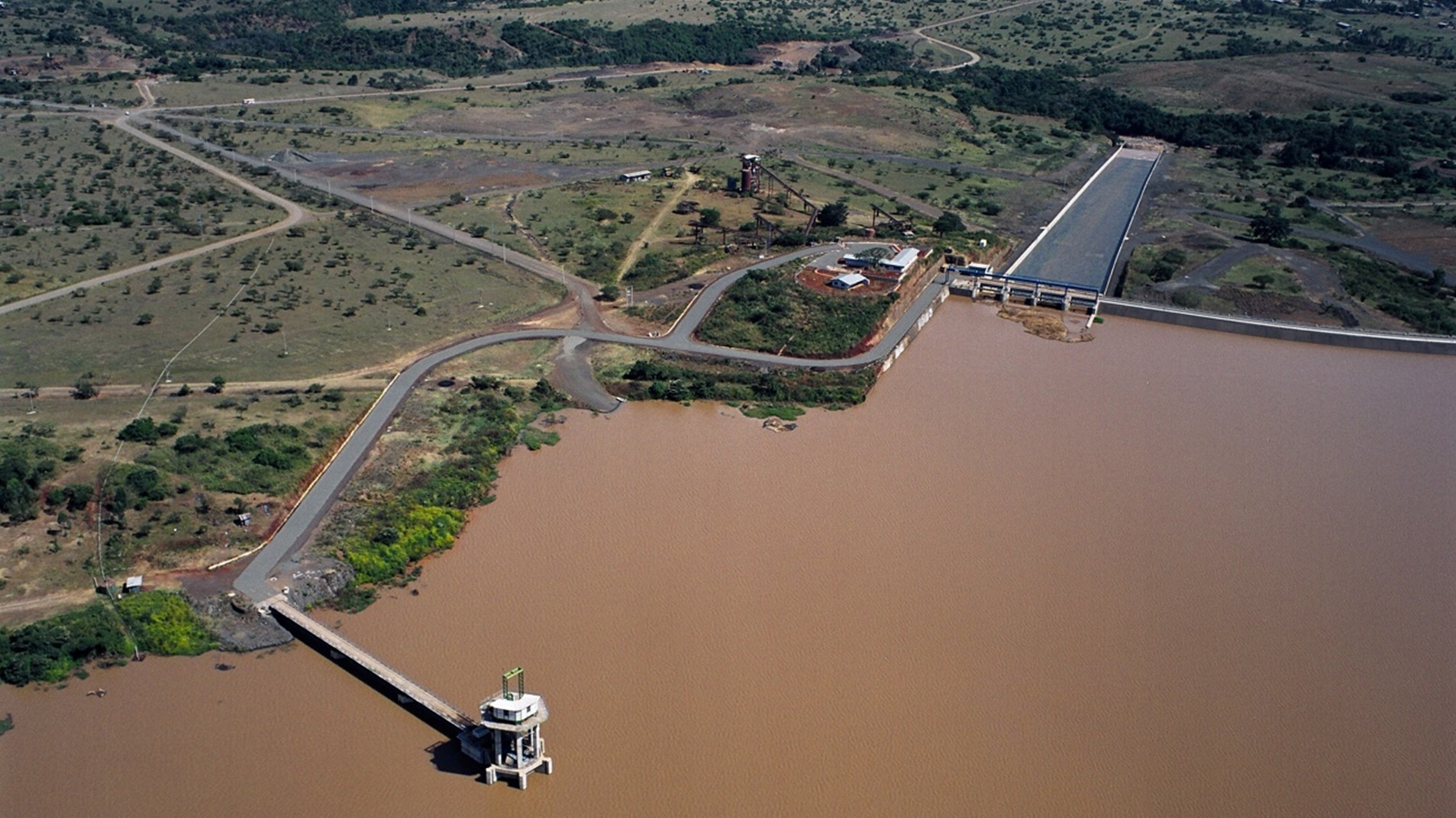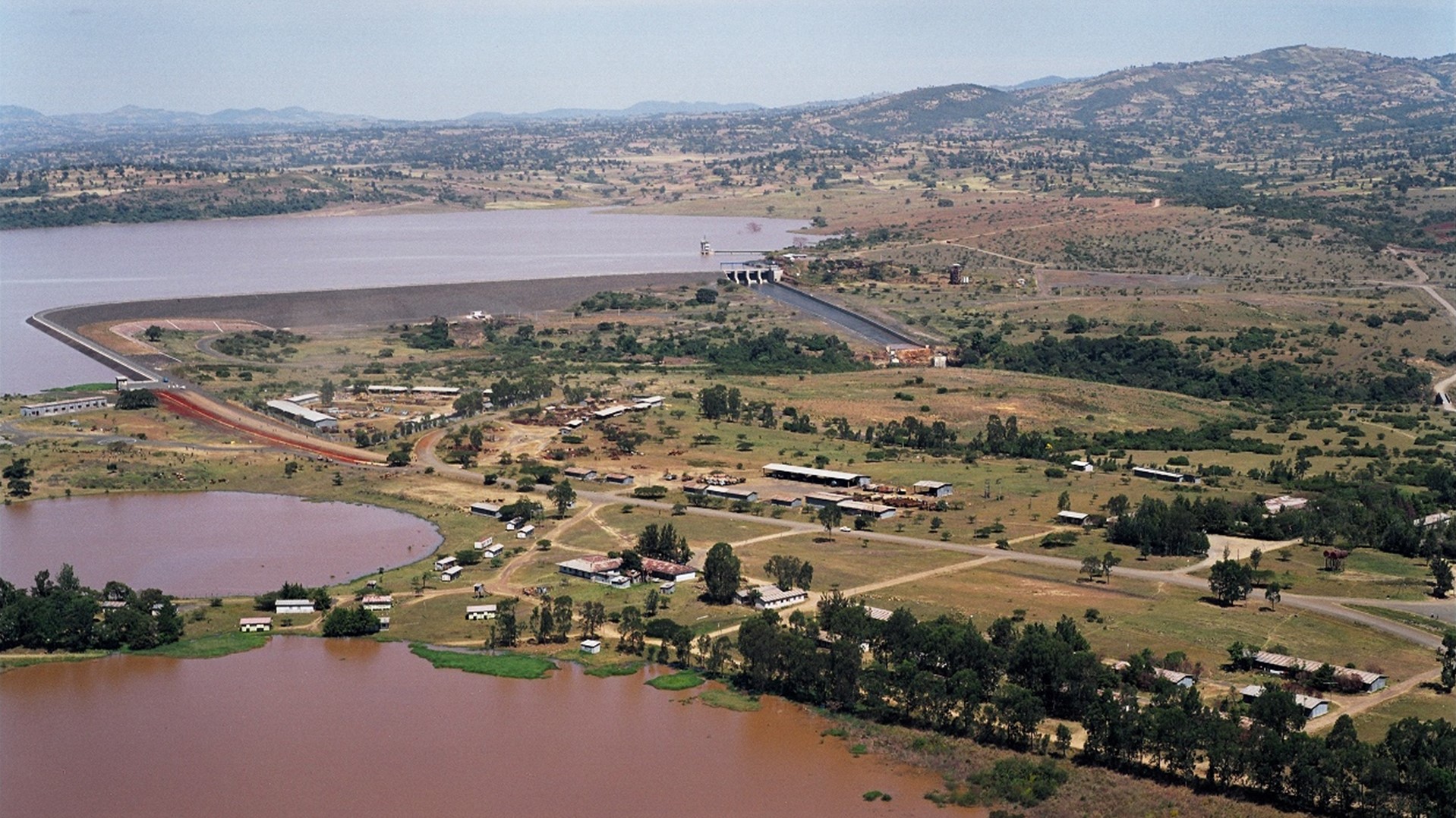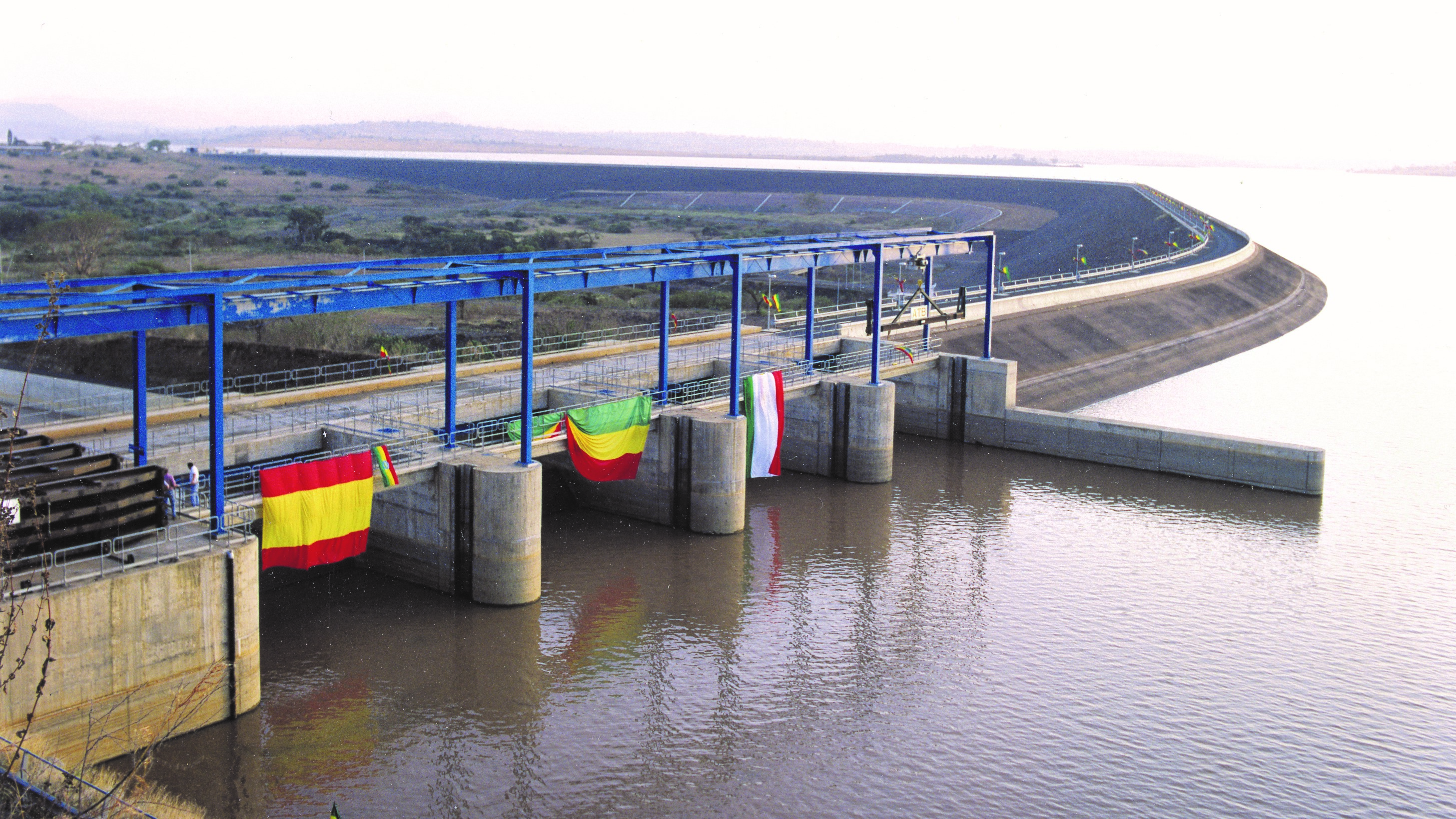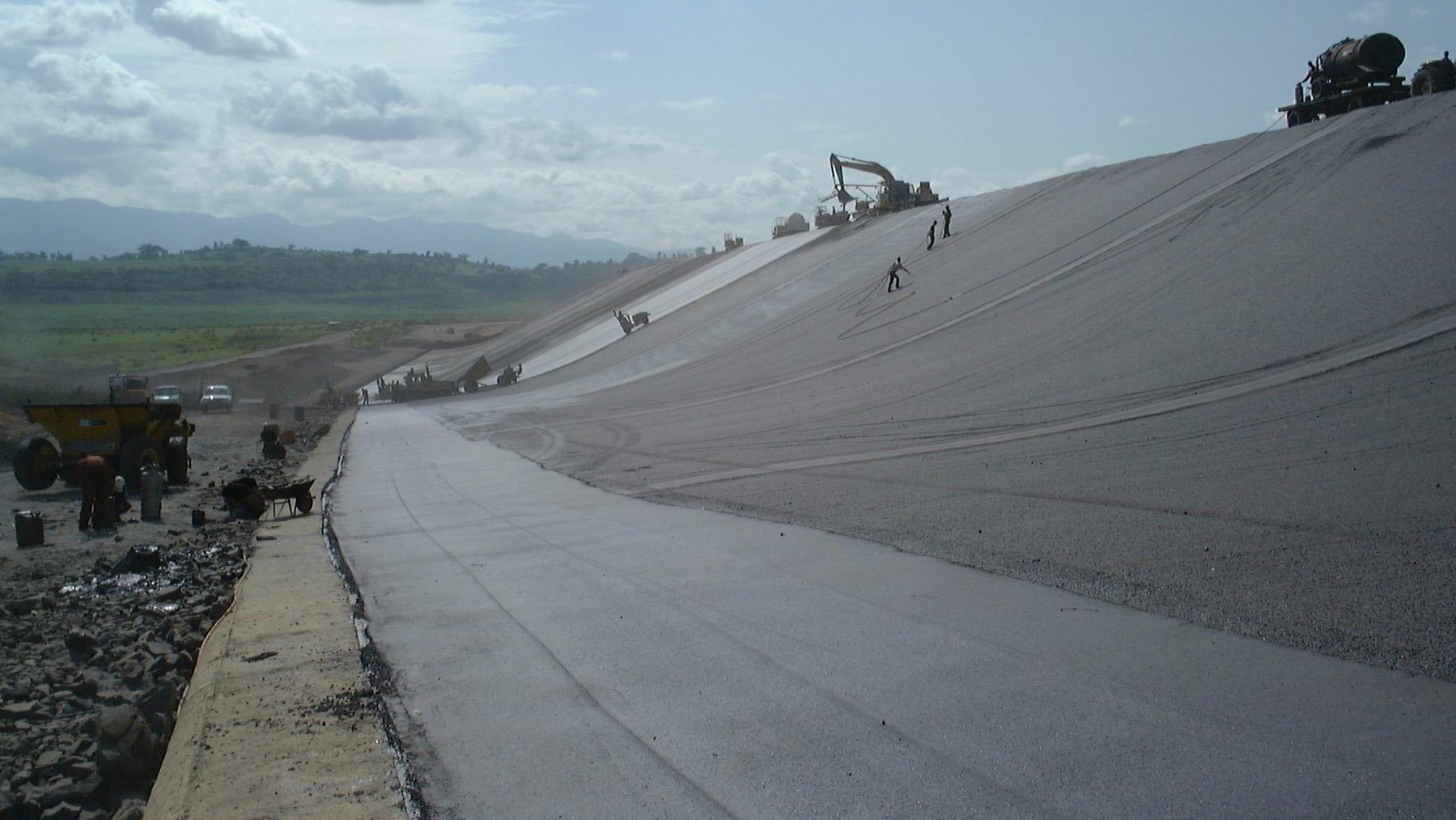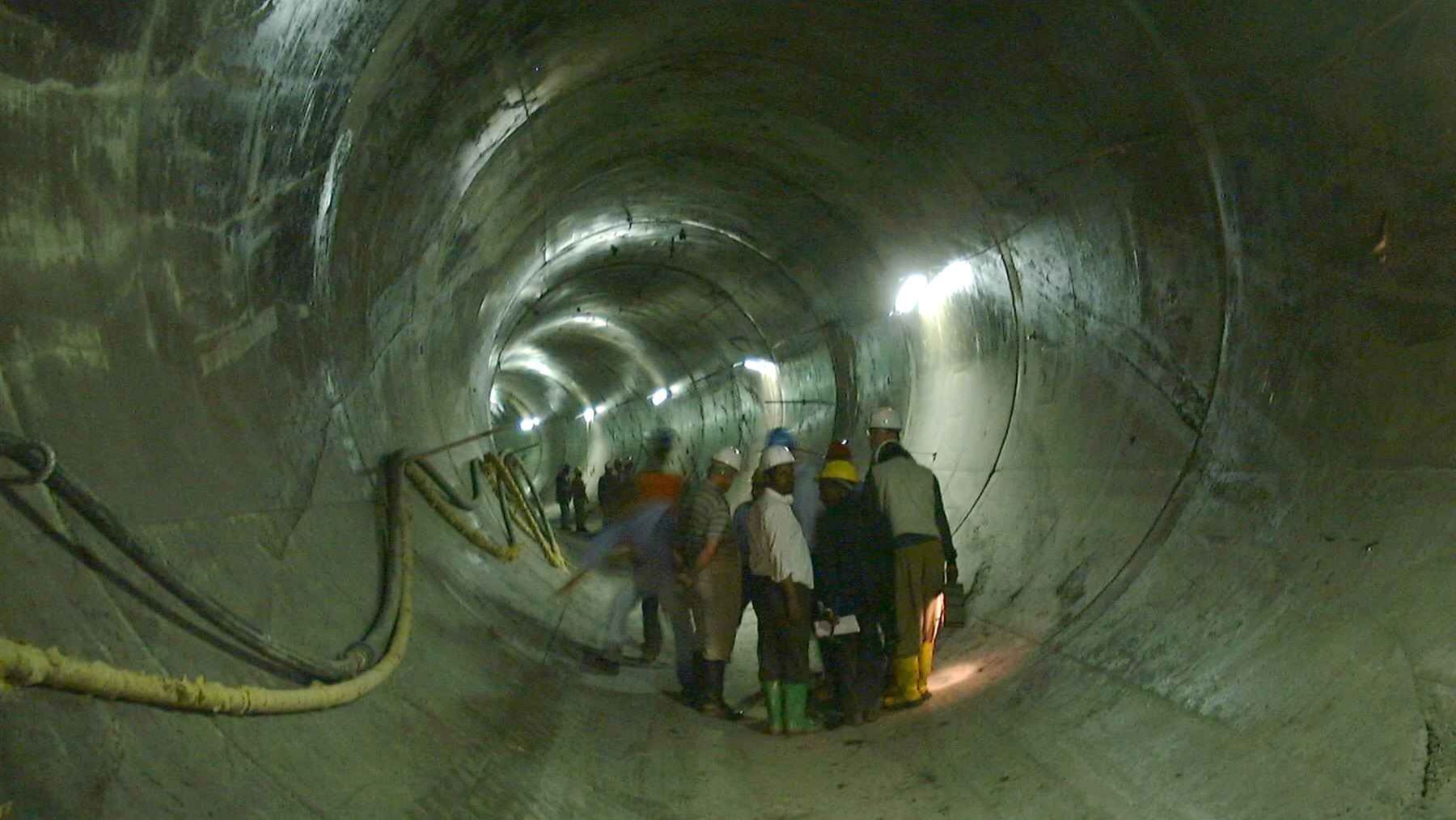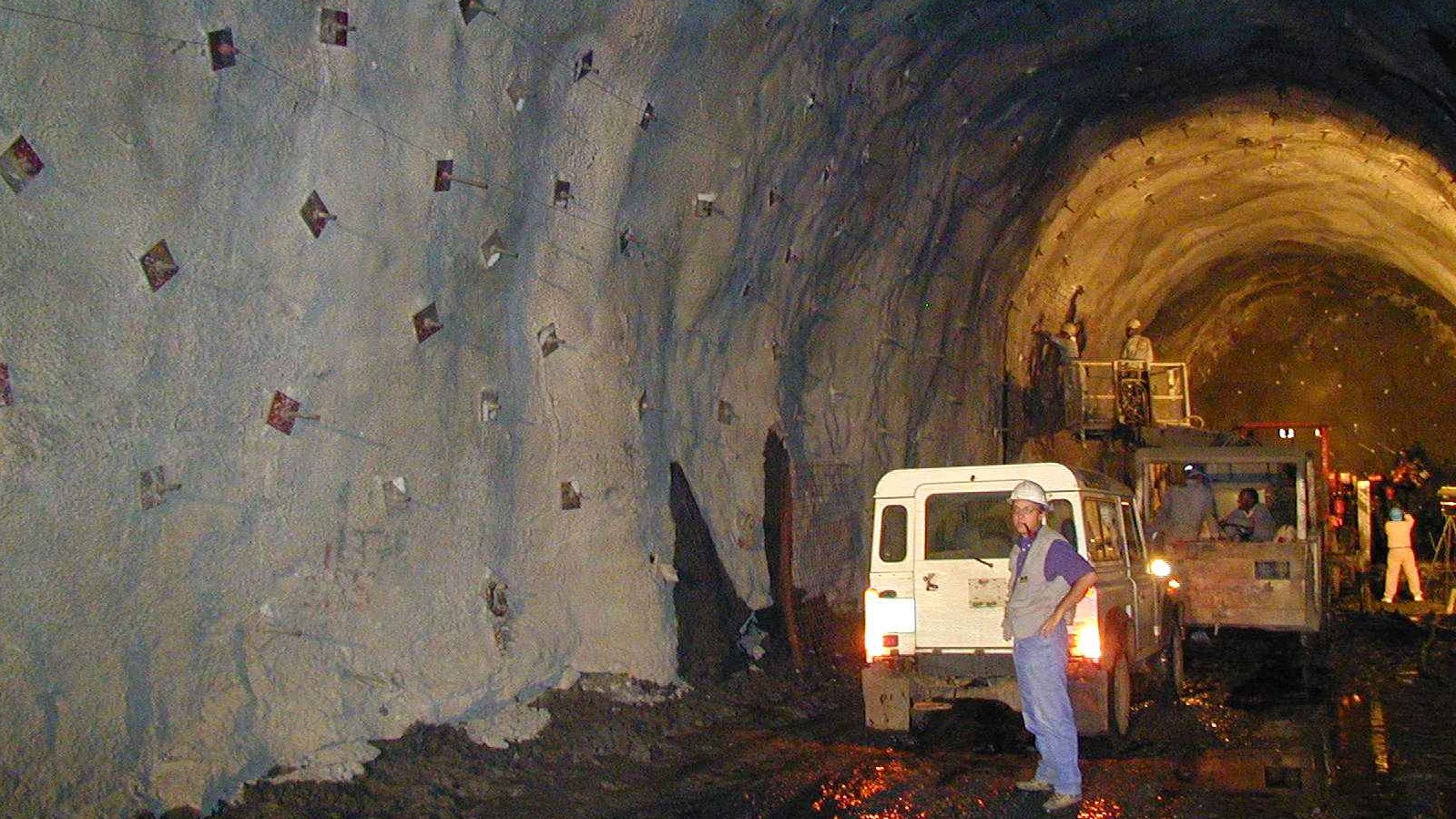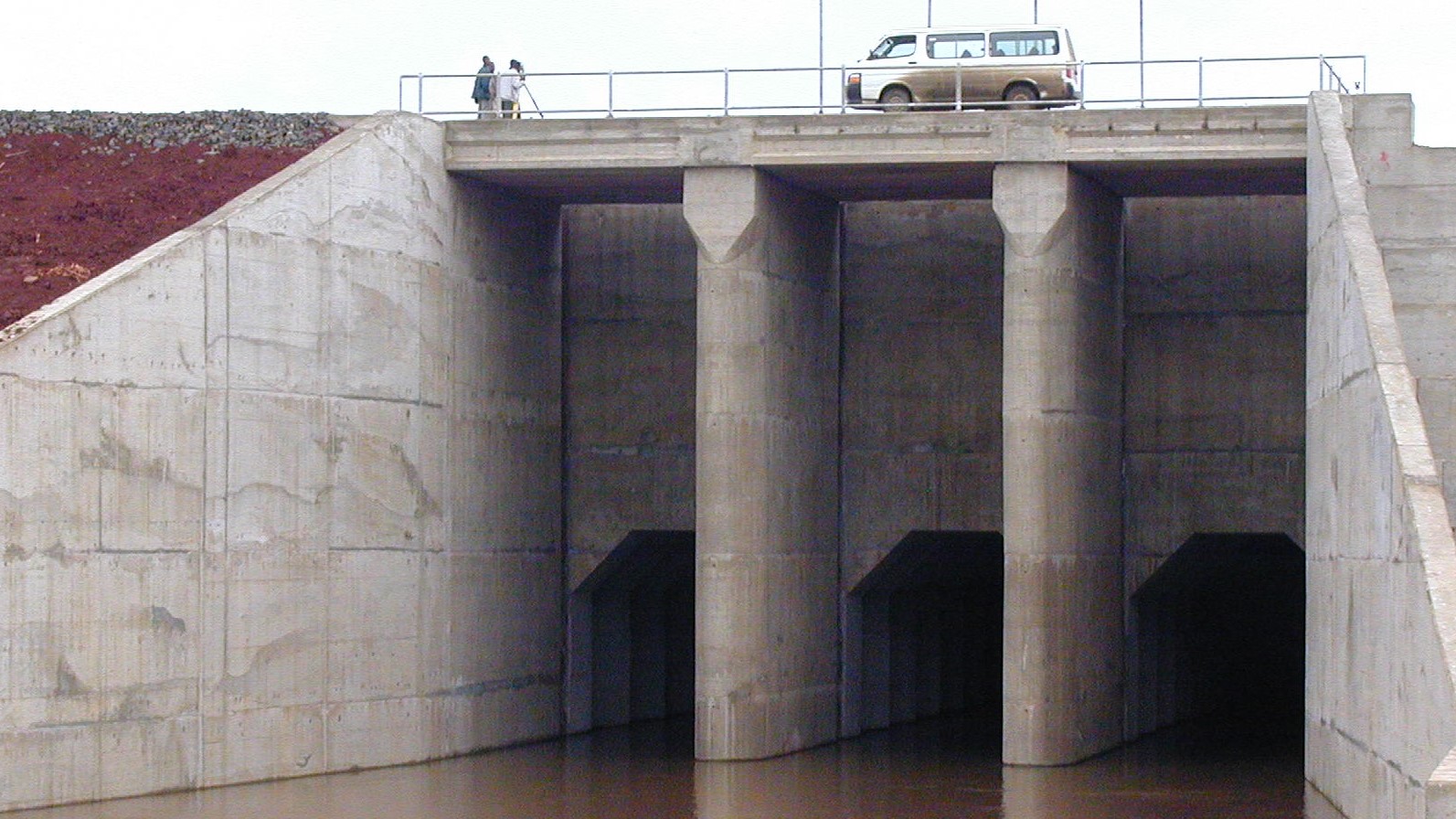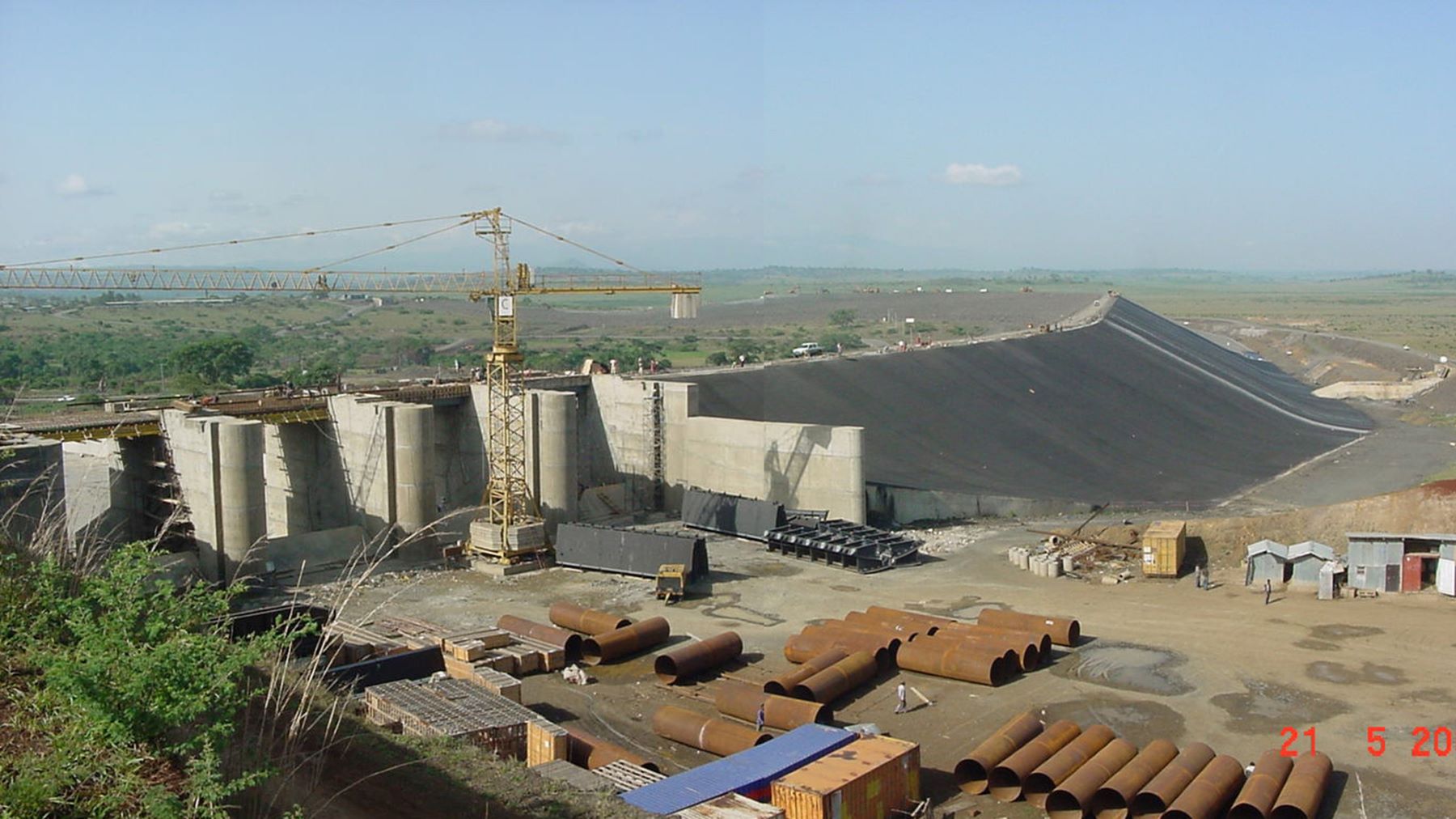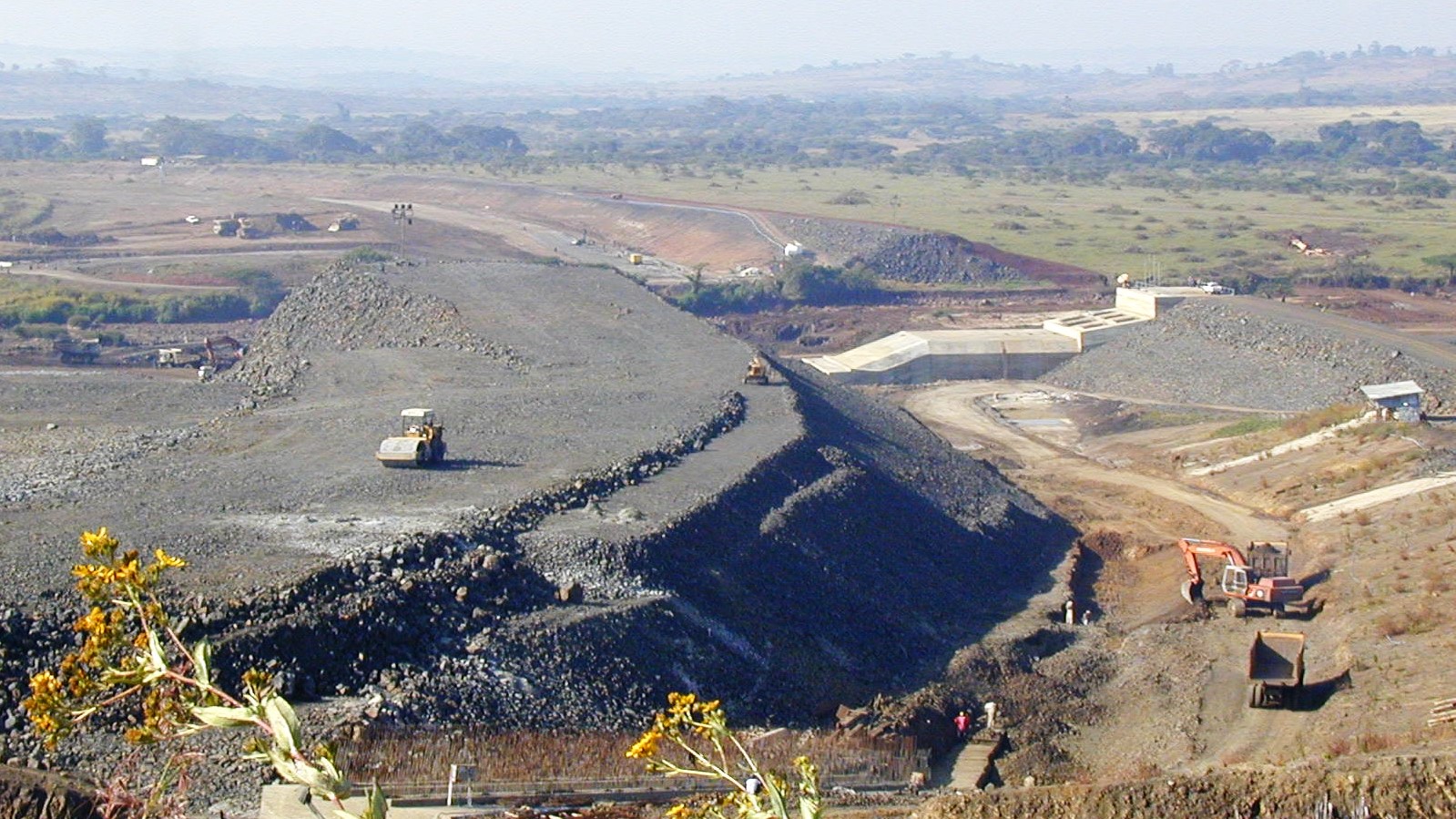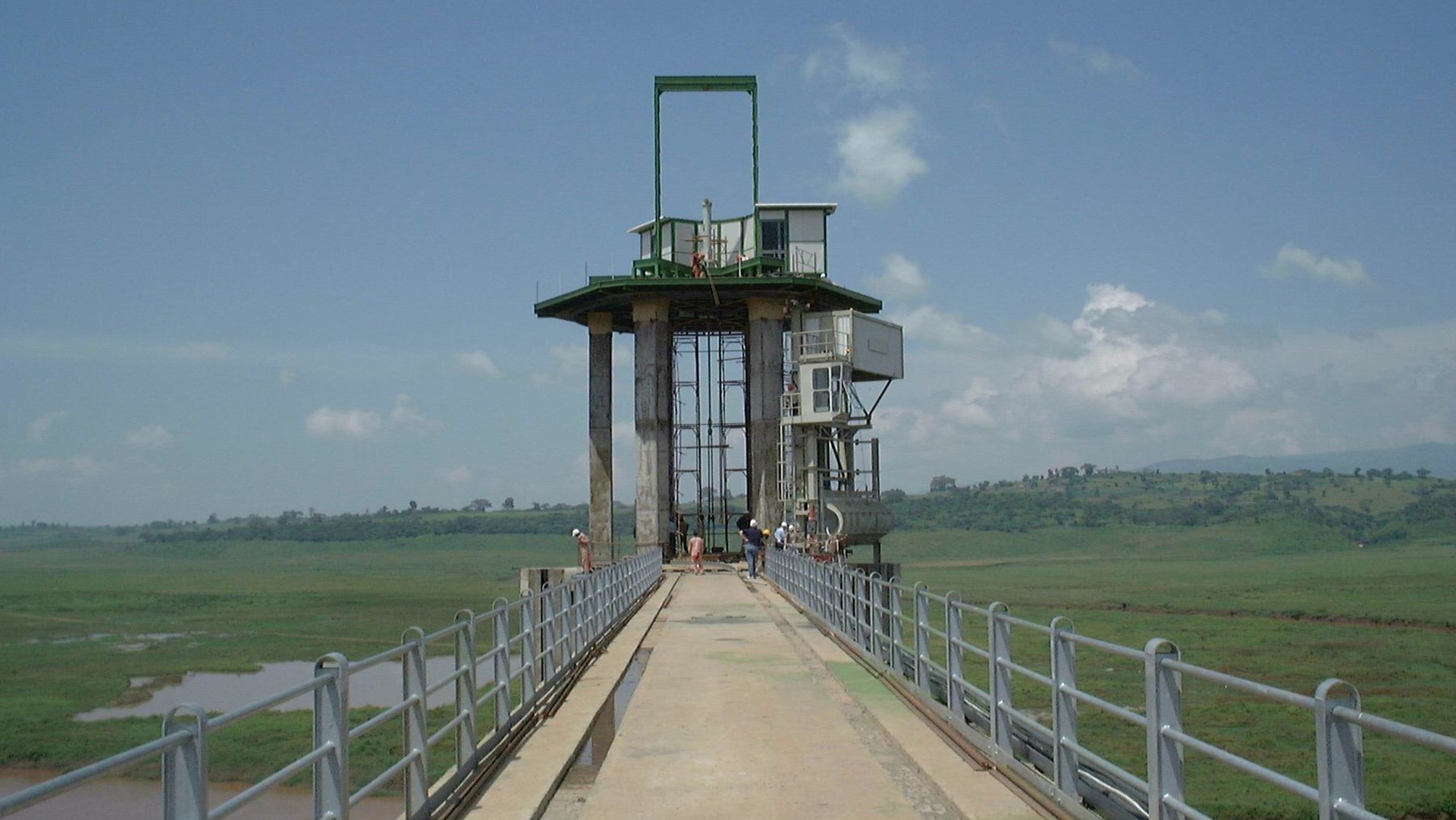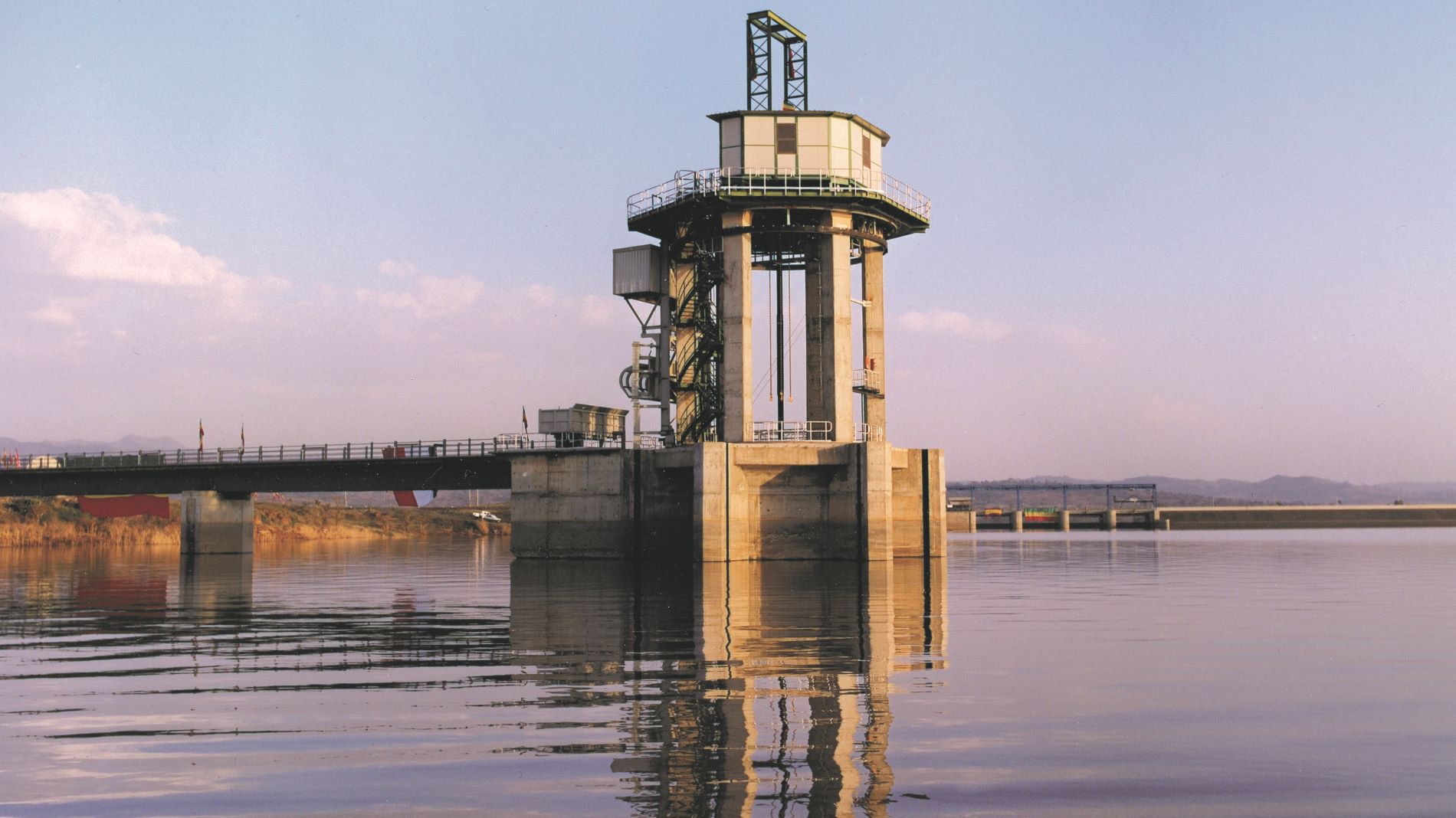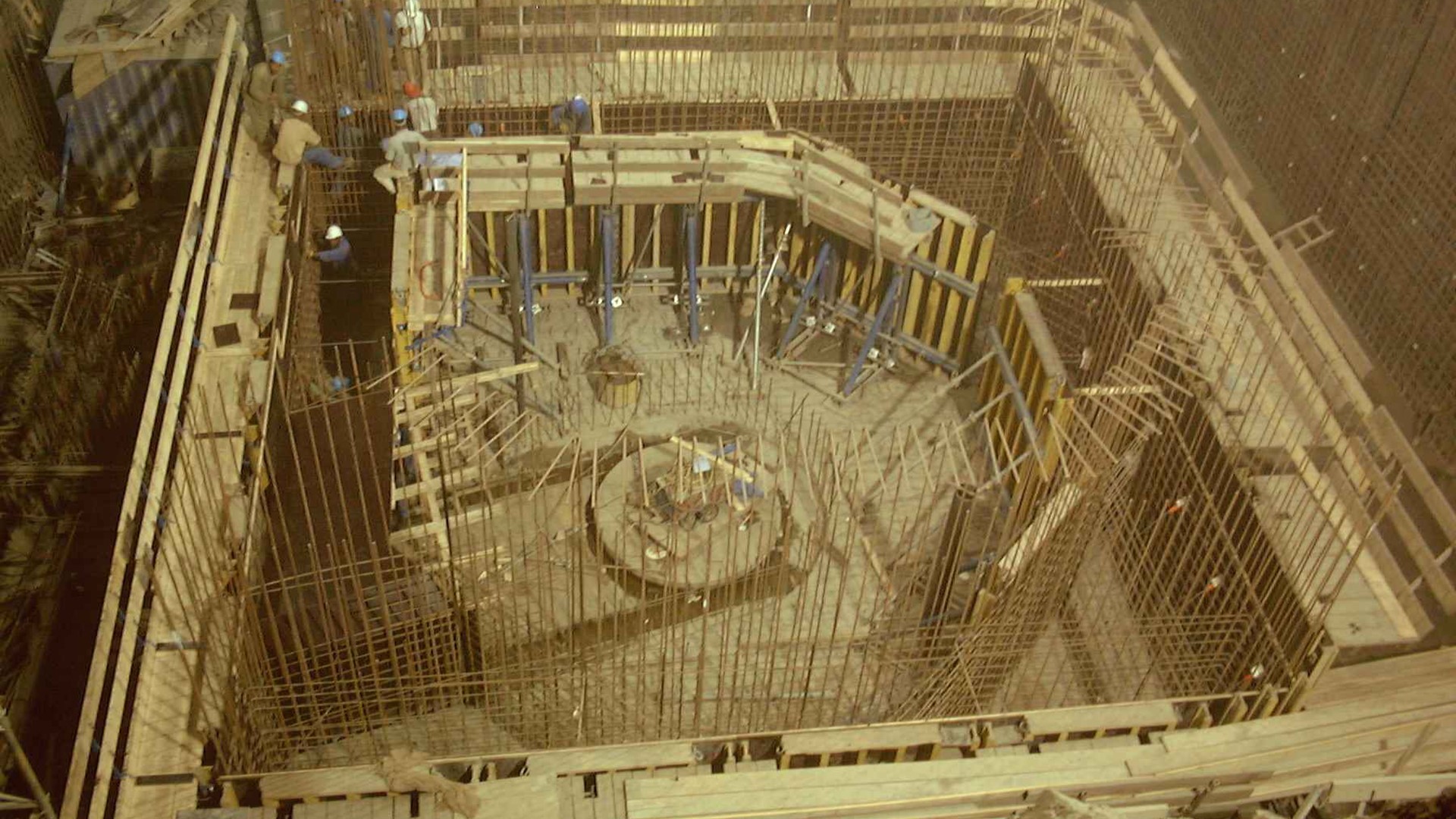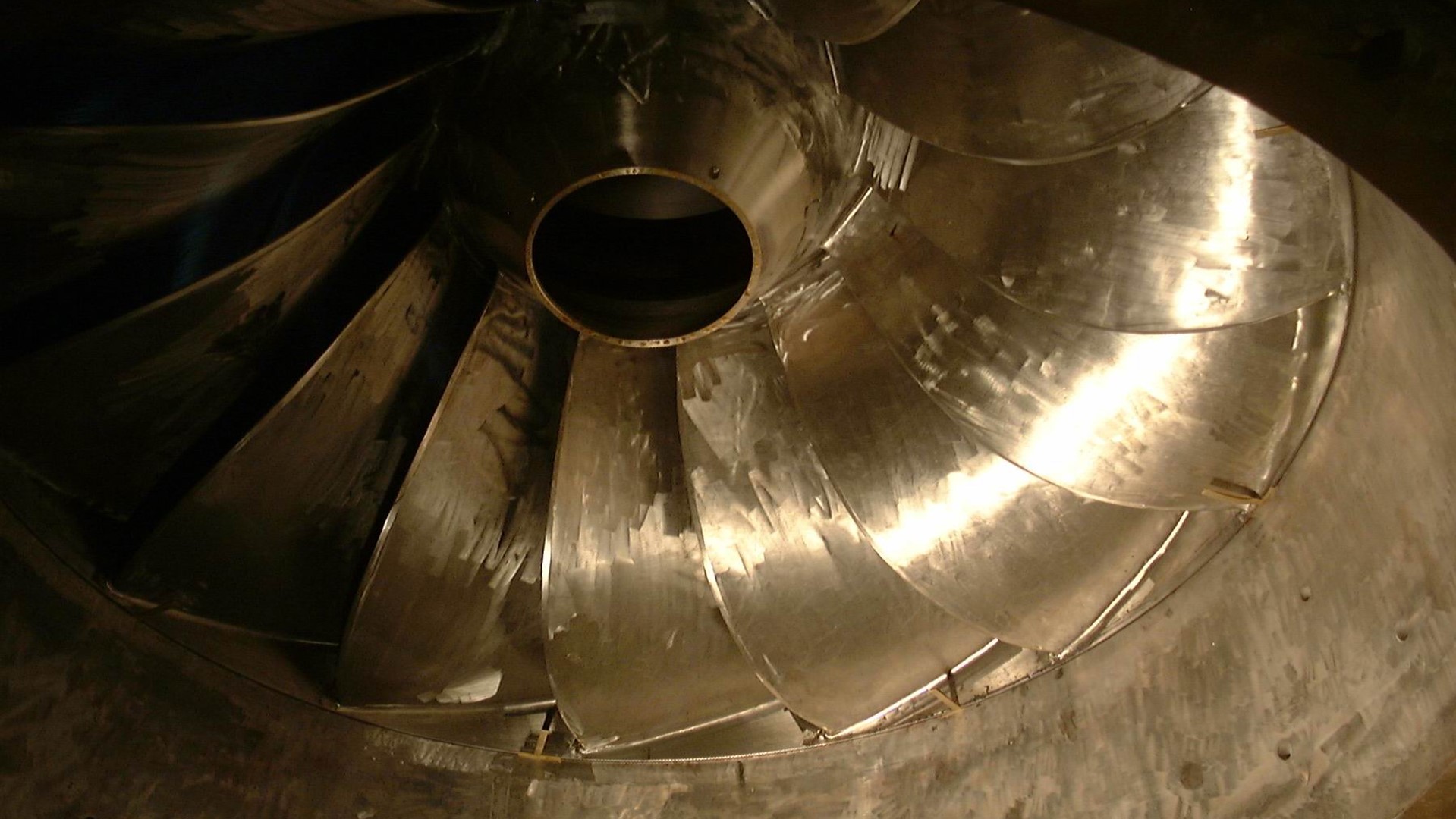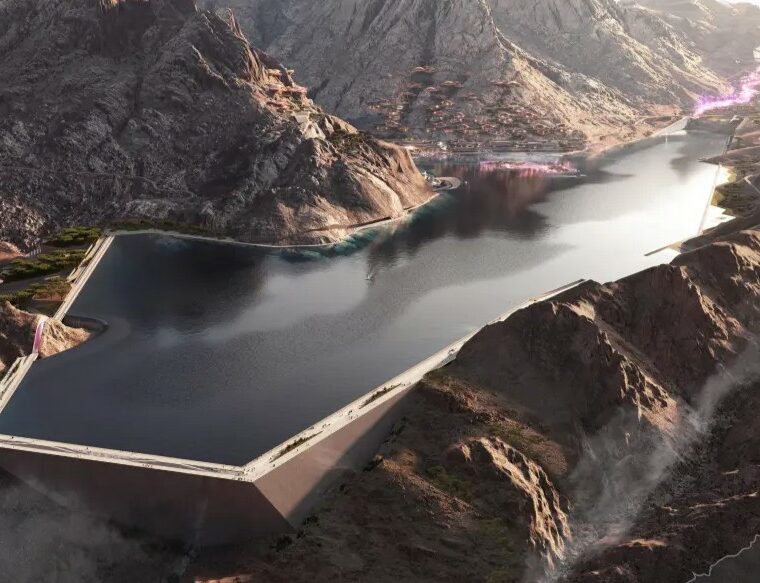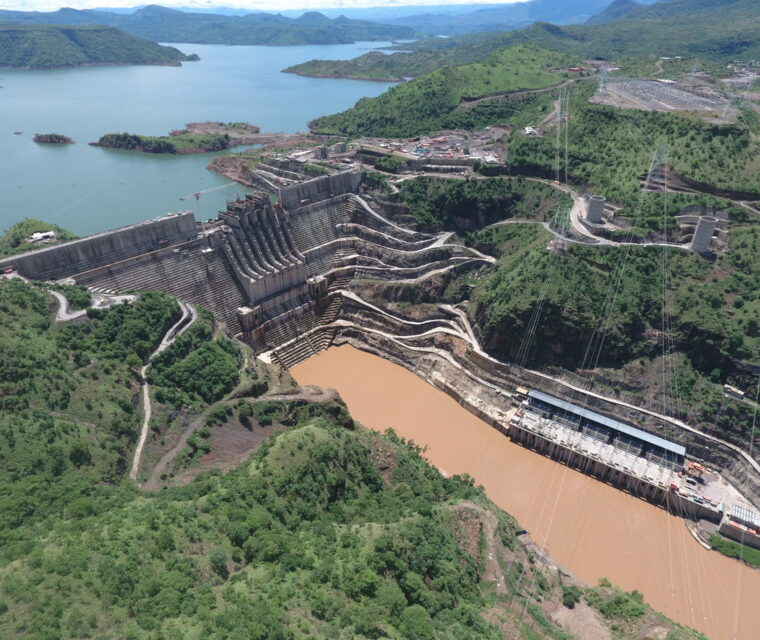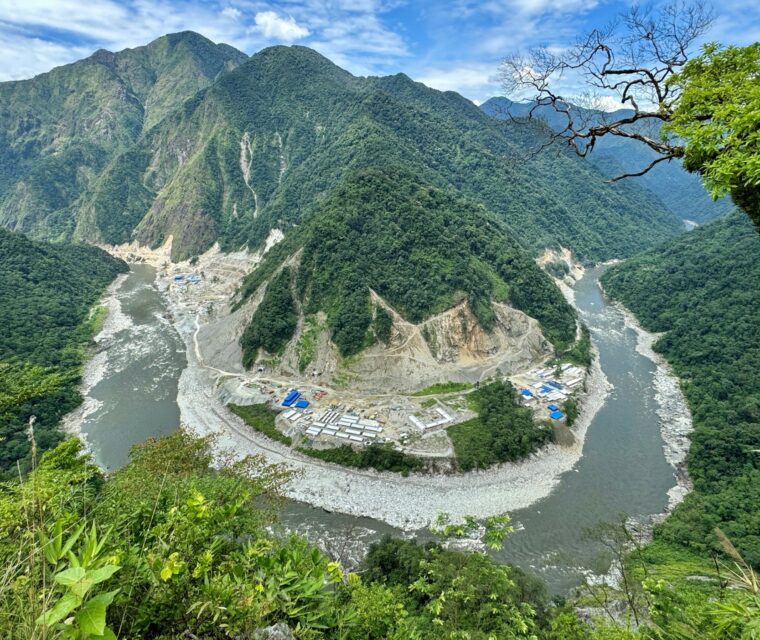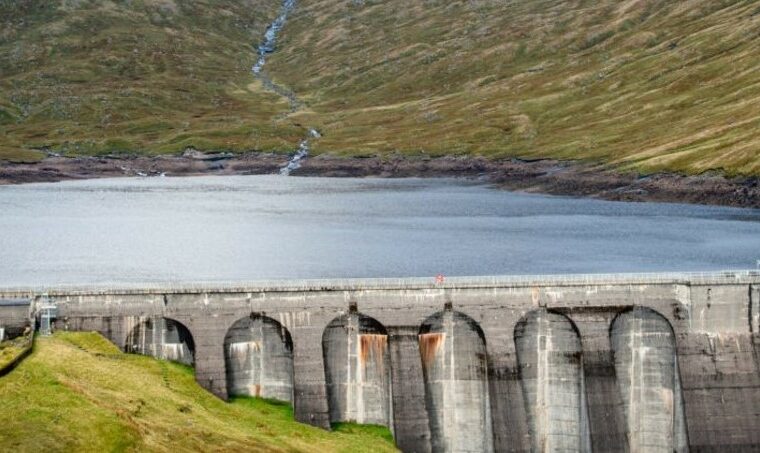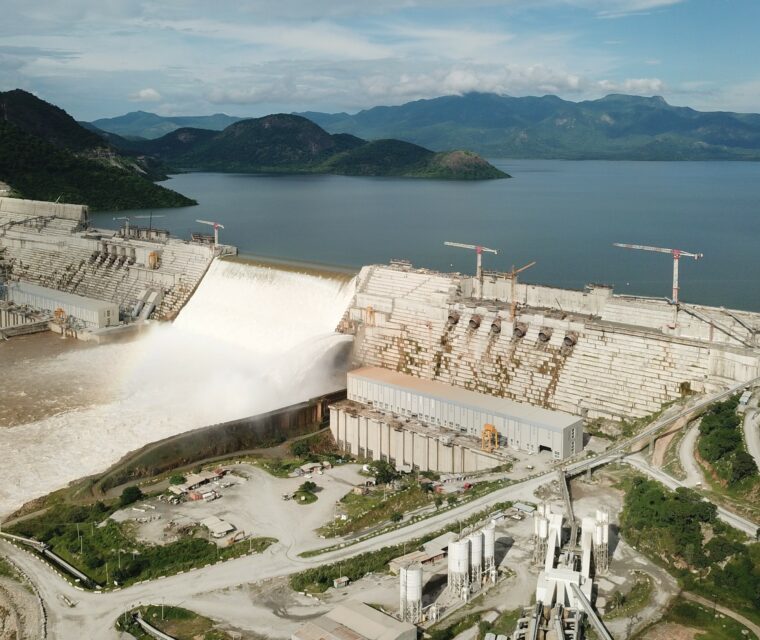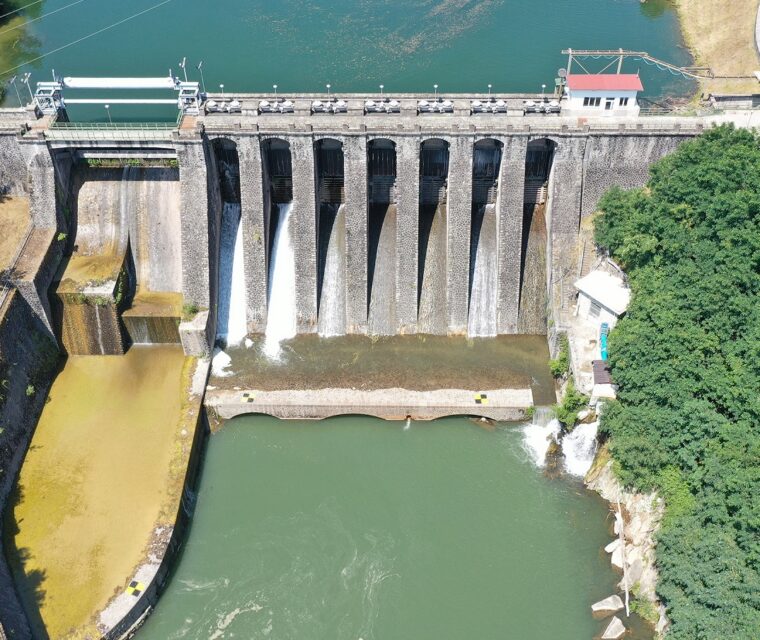Engineering for hydropower plant with a bituminous facing rockfill dam The Gilgel Gibe hydropower plant is the first one of the Gibe-Omo River hydroelectric cascade plan with a total capacity of 200 MW and an energy production of 720 GWh/y. In 1990, Giorgio Pietrangeli glanced at a 1:250’000 map and recognised immediately the hydropower potential of the Gilgel Gibe/Omo river. Today, Gilgel Gibe is the first plant of a five-plant hydroelectric cascade. The Gibe/Omo hydropower cascade has been a driving force behind Ethiopia’s recent development. Three of four plants are already on-line (GIBE I, GIBE II, GIBE III) with an installed power of 2’500 MW, while GIBE IV (otherwise known as Koysha) with its 2’160 MW is currently under construction. The fifth plant on the cascade is among the country’s future strategic projects. The Gilgel Gibe dam is located on the Gilgel Gibe (Little Gibe) river, a tributary of the Great Gibe (known as the Omo River). The dam is 40 m in height and 1600 m in length. It is a Bituminous Face Rockfill Dam type (BFRD) creating a reservoir with a volume of 840 Mm3. The upstream bituminous facing is of the “sandwich” type. An inspection gallery at the upstream toe of the dam runs along the entire length of the dam and is used to check any seepage along the impermeable facing and in the foundation downstream of the impervious curtain which comprises a plastic diaphragm, in correspondence with the paleochannel, and a grouting curtain in the fractured trachyte. Three box culverts diverted the river during the construction stage and consequently used for the bottom outlet. The spillway is located on the left abutment and consists of four bays with an overflow crest structure, controlled by flap gates. It discharges into a chute approximately 600 m long, carrying the floods into the river downstream of the existing waterfall. An intake tower, regulated by a cylindrical gate, conveys the water through a power tunnel with a 5.5 m diameter and a length of 9 km. There is a surge shaft at the end of the tunnel to reduce the overpressure in the waterways. The surge shaft is followed by a single penstock that splits into three manifolds leading into three Francis-type turbines. The three turbines, with a total installed power of 200 MW, are housed in an underground powerhouse and discharge into a short tailrace tunnel. ETHIOPIA CLIENT YEAR Ethiopia
Hydropower Project
Ethiopia
Hydropower
Project EthiopiaOromia region
Enel Hydro
1995 – 2005
Main Features
Ethiopia
Gilgel Gibe Hydropower
Engineering
ServicesFeasibility Study
Final Design
Tender Documents
Tender Supervision (in Collaboration with ENEL, ELC)
Supervision of Construction (in collaboration with ENEL, ELC)
